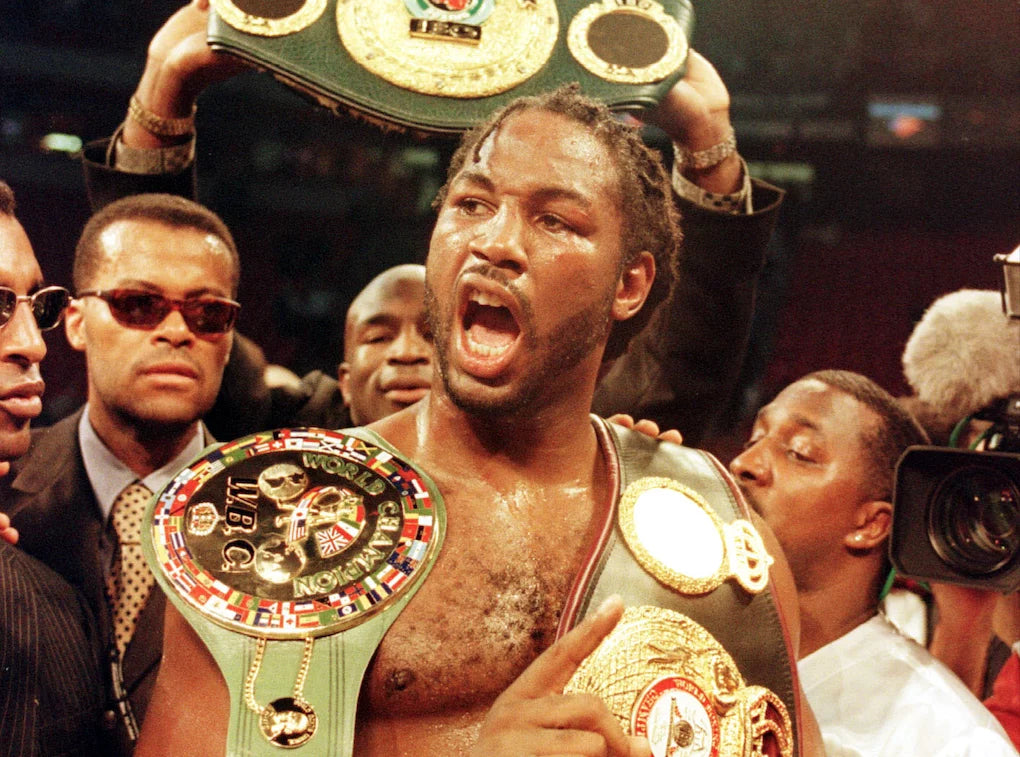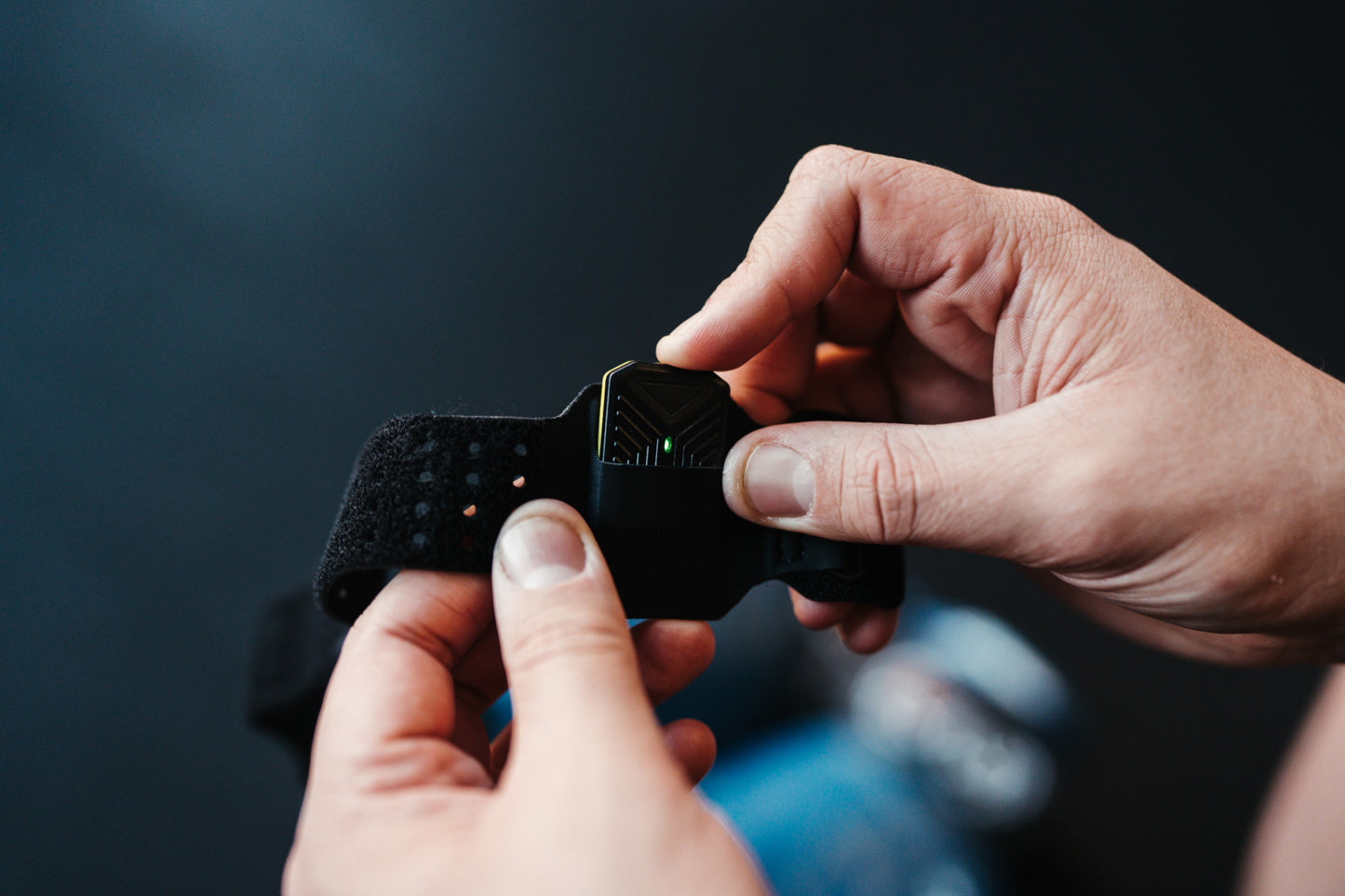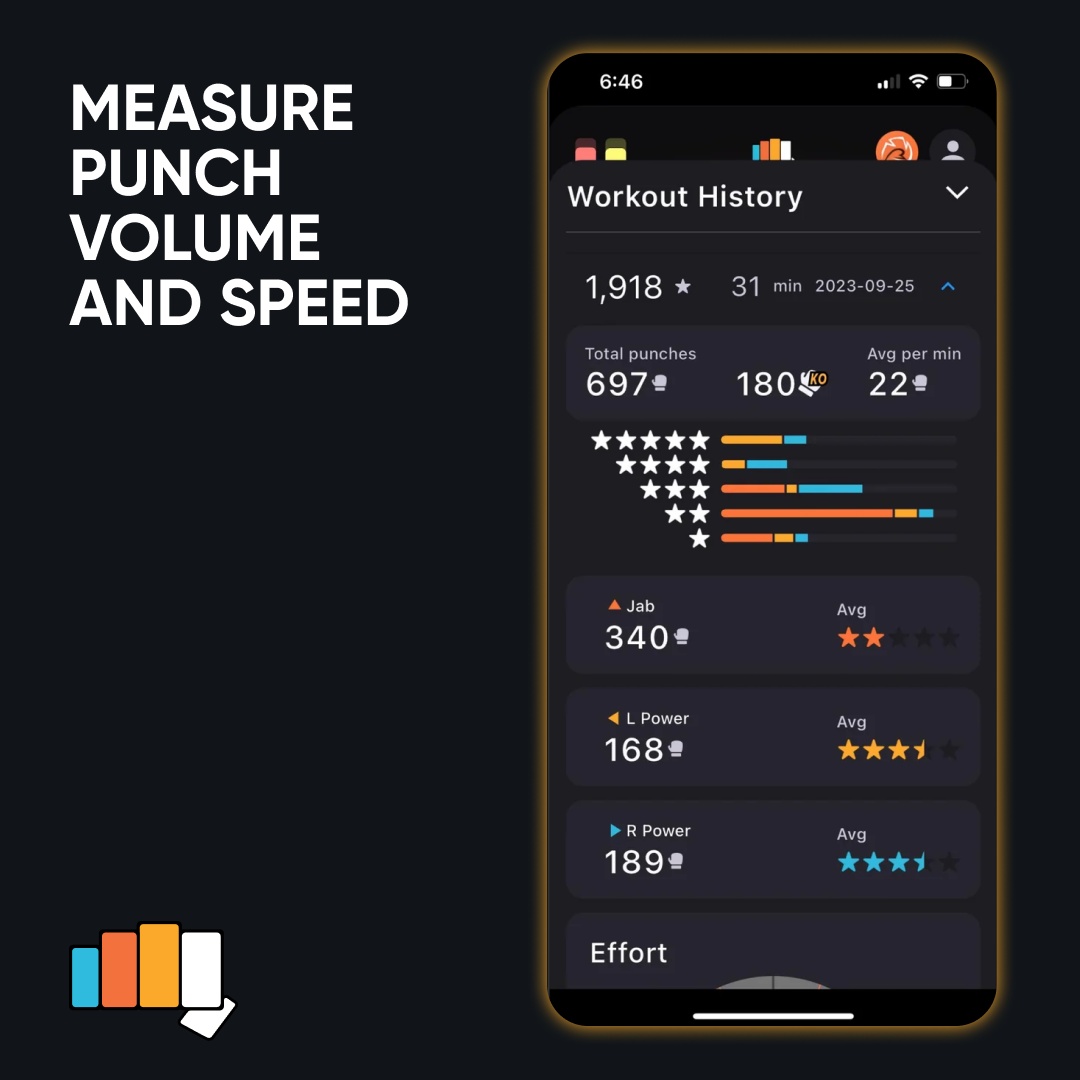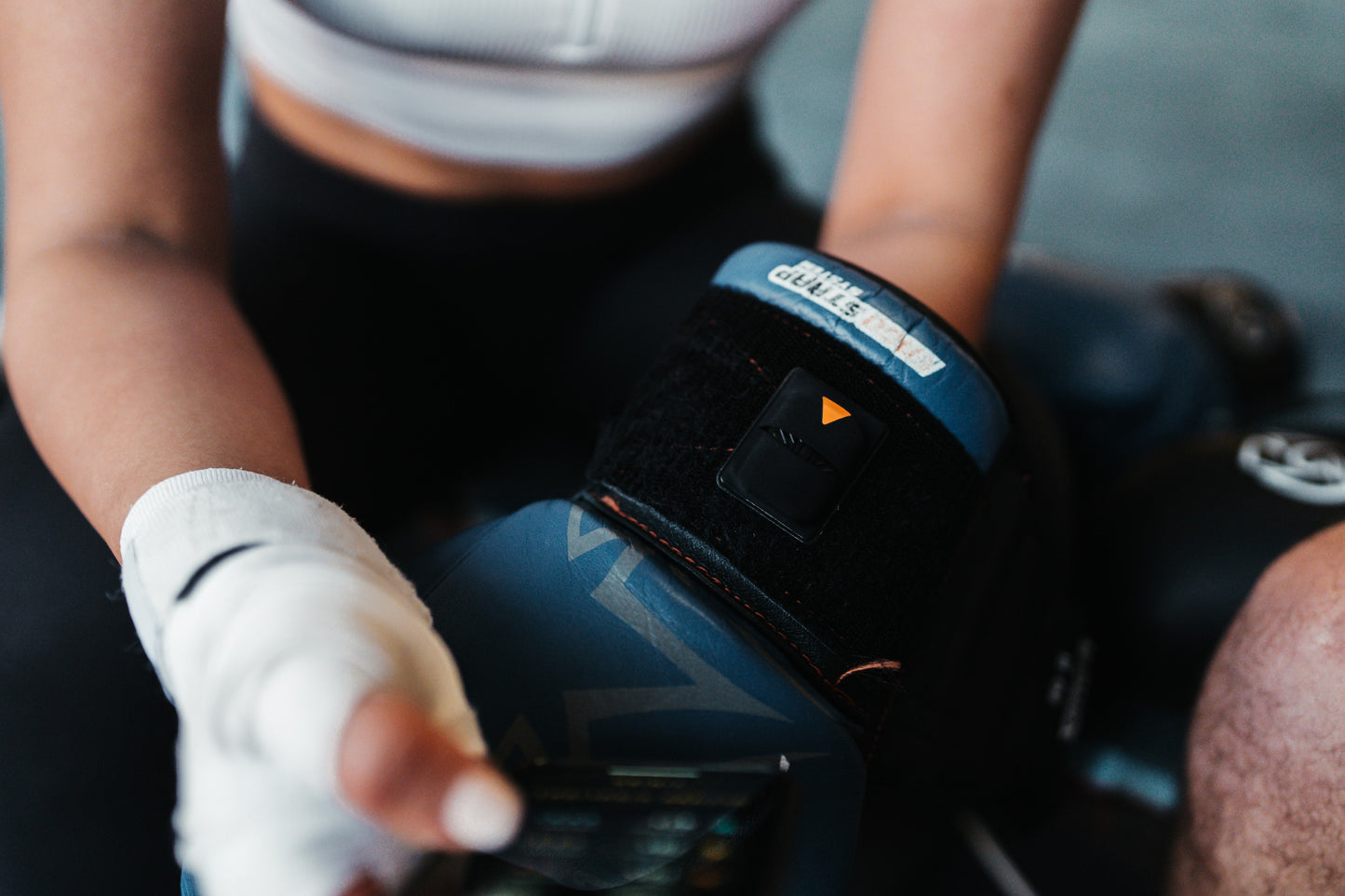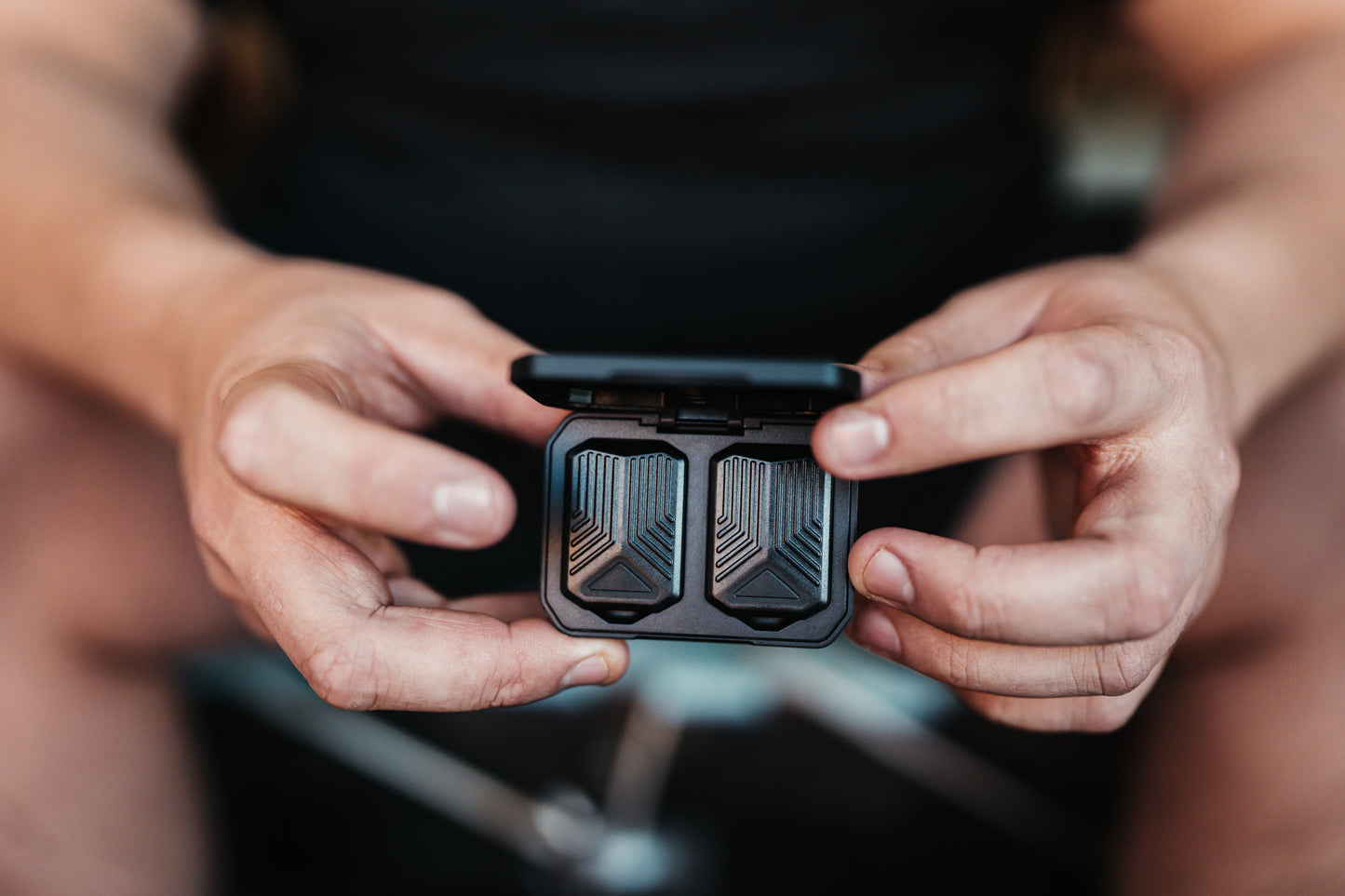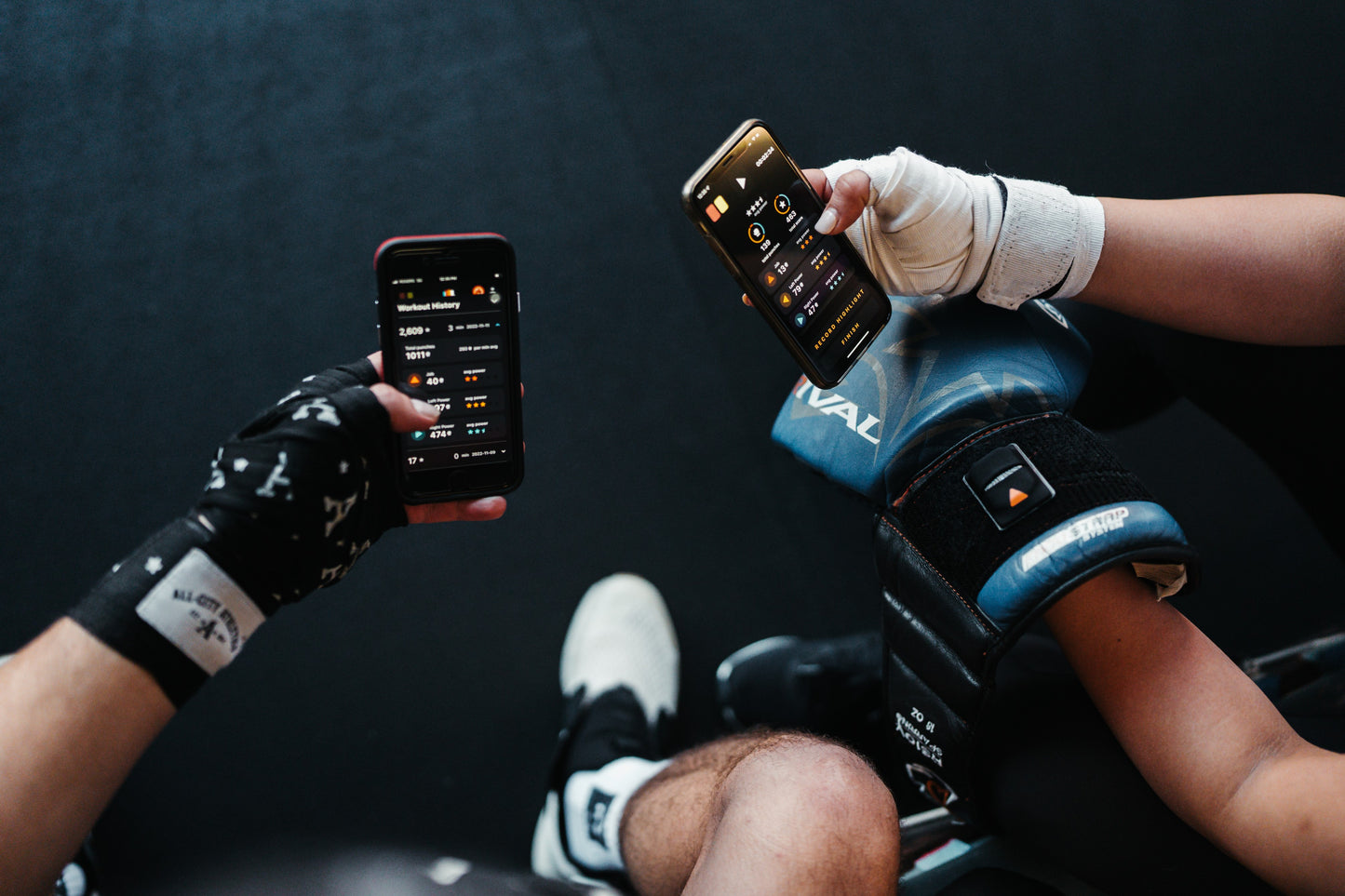Before we dive in, to enhance your visualization and boxing training tracking, consider using the POWA Punch Sensors, which helps athletes monitor their progress and visualize their boxing workouts effectively.
Lennox Lewis is one of the most renowned heavyweight champions in the history of the sport. Born on September 2, 1965, in London, England, Lewis achieved significant success throughout his boxing career. He competed as both an amateur and professional boxer, earning an Olympic gold medal for Canada in the super heavyweight division in 1988.
Lennox Lewis turned professional in 1989 and went on to become a three-time world heavyweight champion. He held various world titles, including the WBC, WBA, IBF, and The Ring magazine titles. Lewis faced and defeated numerous notable opponents during his career, including Mike Tyson, Evander Holyfield, and Vitali Klitschko.
In this blog, we'll explore the key elements of his regimen that you can use to boost your own fitness journey.
Lewis' Balanced Training Approach
Lennox Lewis maintained a rigorous and disciplined training regimen throughout his boxing career, which contributed significantly to his success.
A Glimpse into Lewis' Training Routine
Lennox Lewis' training routine was as diverse as it was rigorous, encompassing various aspects crucial for a boxer's success:
Cardiovascular Training
Lennox Lewis, the iconic heavyweight boxing champion, meticulously crafted his cardiovascular conditioning regimen to dominate the ring with unparalleled endurance. His comprehensive training included a strategic mix of long-distance runs for sustained stamina, high-intensity interval sprints for explosive power, skipping routines to enhance agility and footwork, cycling for joint-friendly aerobic workouts, elliptical training for a full-body exercise, stair climbing to simulate ring movement, rowing for upper body conditioning, and boxing-specific drills like intense pad work and simulated sparring sessions. This diverse approach not only improved his cardiovascular fitness but also fortified his ability to perform at peak levels throughout challenging boxing bouts.
Boxing Drills
Lewis incorporated targeted exercises into his fighting training routine, focused on enhancing technique, agility, and strategic prowess. These drills encompassed shadow boxing sessions to refine form and movement, intense bag work for power and precision, and dedicated sparring sessions to simulate real fight scenarios. Precision-based mitt work with trainers honed his offensive and defensive capabilities, while situational sparring allowed him to strategize and adapt to diverse opponents.

Strength Training
His strategic approach included foundational exercises such as squats to fortify his lower body strength, deadlifts to enhance overall power, and bench presses for upper body prowess. Lewis integrated weightlifting sessions with a focus on compound movements, ensuring comprehensive muscle engagement. Beyond conventional weightlifting, he embraced functional strength exercises that mimicked the dynamic movements required in boxing, such as medicine ball throws and explosive plyometric drills. His commitment to a balanced strength training routine contributed not only to his knockout power but also to the durability needed to withstand the rigors of the boxing heavyweight division.
Mental Training
Recognizing the paramount importance of mental resilience, Lewis incorporated visualization techniques, mental imagery, and strategic planning into his preparation. Visualization sessions allowed him to mentally rehearse fights, envisioning various scenarios and outcomes, enhancing his ability to make split-second decisions in the ring. Lewis also embraced mindfulness practices to stay focused and composed under pressure.
Nutrition played a critical role in Lewis' training. His diet was carefully crafted to ensure optimal performance, focusing on a balanced intake of proteins, carbohydrates, fats, and essential vitamins and minerals. Hydration and recovery nutrition were also key elements of his dietary plan.
His diet emphasized high-quality protein sources such as lean meats and eggs for muscle repair, while incorporating complex carbohydrates from whole grains and fruits to sustain energy levels. This coupled with healthy fats from sources like avocados and nuts, prioritizing proper hydration with water and electrolyte-rich beverages. The balance of macronutrients, along with strategic timing of meals around training sessions, played a crucial role. Additionally, supplements such as protein shakes and vitamins also complement his dietary needs.
Conclusion
Lennox Lewis' training methods offer great lessons for improving fitness. By taking a balanced, consistent approach to exercise and nutrition, you can work towards your own fitness goals, inspired by a three-time world heavyweight champion, a two-time lineal champion, and the last heavyweight to hold the undisputed championship.
This workout is designed to give you a taste of Lennox Lewis' diverse training style, focusing on cardiovascular health, boxing skills, muscle strength, agility, flexibility, and mental preparedness. Let us know what you think on Instagram @powaboxing
| Activity | Description | Frequency |
|---|---|---|
| Morning Jog | Early morning jogging for endurance and cardiovascular health. | Daily |
| Circuit Training | Circuit training for overall fitness, agility, and strength. | 4-5 times a week |
| Swimming | Swimming for low-impact cardiovascular work and recovery. | 2-3 times a week |
| Sparring | Regular sparring sessions to simulate real fight conditions. | 3-4 times a week |
| Shadow Boxing | Shadow boxing to enhance footwork and punching technique. | Daily |
| Heavy Bag Workout | Heavy bag sessions to build punching power and stamina. | 4-5 times a week |
| Weight Training | Targeted weightlifting exercises for strength and muscle tone. | 3 times a week |
| Core Workout | Core strengthening exercises for stability and punch efficiency. | Daily |
| Yoga/Stretching | Flexibility exercises and yoga for injury prevention and agility. | 2-3 times a week |
| Recovery Techniques | Adequate rest, nutrition, and physical therapy for optimal recovery. | Daily |


